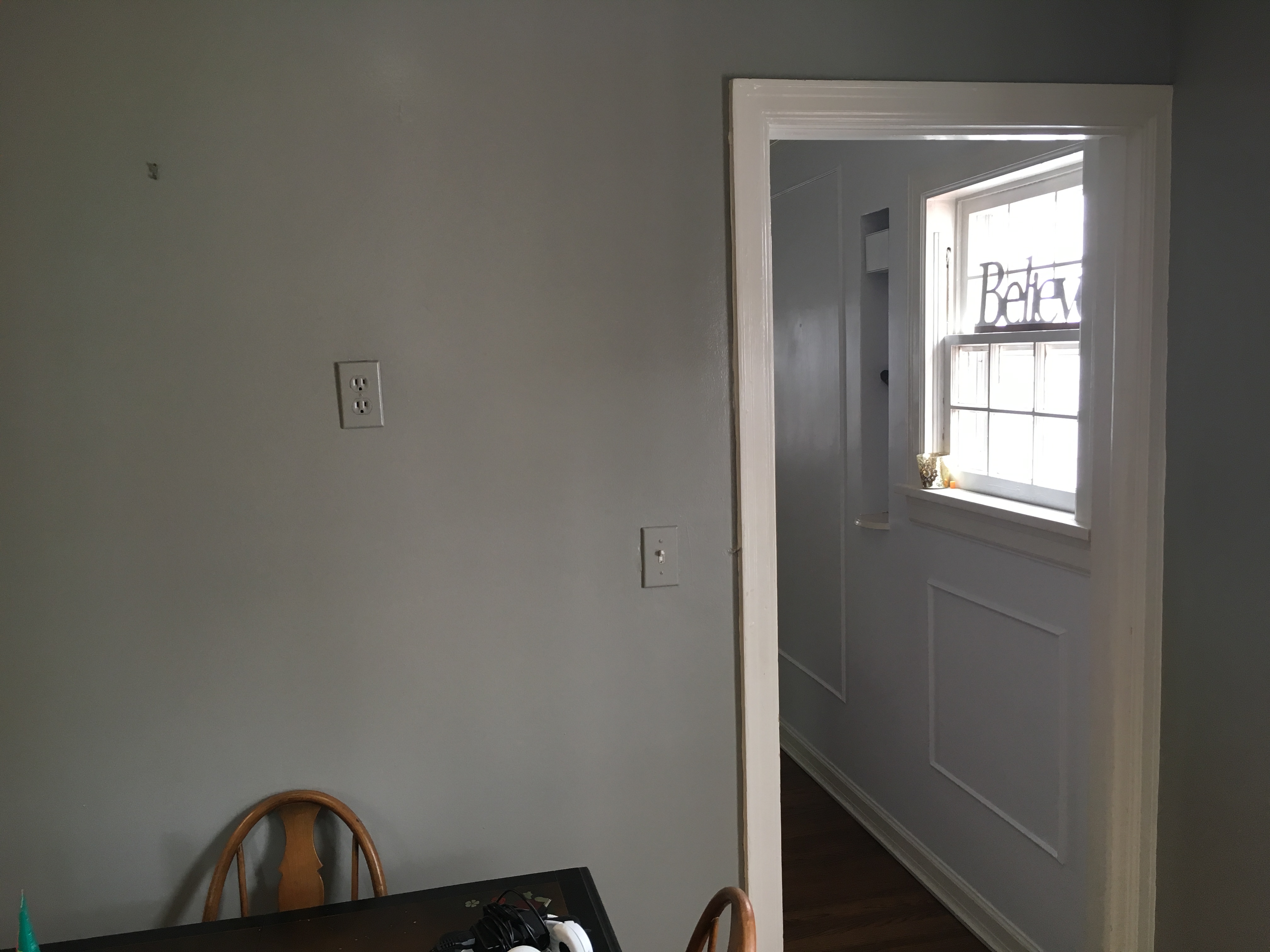One of the things I harp on is that creativity and invention are, contrary to popular opinion, hardly ever the result of bolts out of the blue. Instead, they are a result of synthesis — reading, studying, or seeing things that later come back to you in new and different ways.
Stand by for an example of that. It ain’t pretty, and it’s not a straight line from A to B.
Remember the Frances Mayes book from 1996 “Under the Tuscan Sun: A Life in Italy”? Of course, you do. It was big in the late 90s and made into a movie with Diane Lane in 2003. It wasn’t a great book, nor a great movie, but all us Italophiles lapped it up like Brunello di Montalcino. After all: we’d bought our first pasta machine in 1992 and made our own pesto. This combination in the media zeitgeist was probably responsible for us going to Tuscany in 1999. We rode bikes across the bucolic countryside (alternately described as The Tuscan Death March), stayed at a castle in Perugia, toured wineries and returned with carryon bags that clinked: wine and olive oil!
But I’m getting off track.
In the movie and the book, much symbolism was ascribed to a strange faucet mounted on the wall that never worked. I’ll not spoil it for you if you want to go read it or watch it on Amazon Prime, but last October through February when we had our midtown house listed for sale, I thought of that faucet when looking through the new eyes of potential buyers.
I’m not saying that our 1938 midtown Colonial Revival is like a Tuscan farmhouse, but it does have its’ eccentricities — built up over 81 years and 7 owners. Like the strange electrical outlet (seen above in the pic) that’s a full five feet off the floor, in the middle of a kitchen wall. We saw it when we bought the house in 2000 and got used to hiding it behind pictures, etc. No clue as to why it’s there. But with the house empty and no furniture or large frames to mask it, potential buyers were freaked out. They were also freaked out by a rear-facing staircase and a cool rounded plaster wall, but that’s for another post. My daughter uses this electrical outlet to charge her Chromebook during breakfast.
But much like every Tuscan villa you see, with evidence of bricked-up windows, every little eccentricity in our house is a result of someone’s “creative tradeoff” in years past — when they split the AC into two, there’s still a baffle lever that connects them. Or the “interesting” basement floor drain that used to tie into a passive sprinkler system after mellowing in an underground tank that we surmise is over 600 gallons. We also have 2 sanitary sewer lines — one out the back and one that goes out front, under the street. Some lost things we can only surmise — we think there used to be a toilet in the corner of what used to be the rented room (in WWII, for a nurse who lived here and worked down the street at St. John Hospital), now buried under concrete. The sewer pipe, not the nurse.
Many builders and flippers have come into our neighborhood and gutted lots of homes — everyone wants our location but no one wants classic features from the early-to-mid 20th Century. The house diagonal from us, slightly smaller but from the same period, is now twice as big, with every new appliance and current design thinking. I’m not opposed to new conveniences; but my current creative approach involves thinking differently about our Colonial Revival home…or any Classic midtown Tulsa home. Think of it like a Mullet: business in the front (classic lines and nothing that changes the original curb-appeal) and party in the back (bumped-out kitchen, great room, and maybe a pool).
When we remodel the kitchen, no doubt we’ll cap off that receptacle and maybe float some plaster over this wall or replace the plaster with drywall, hiding it forever. Future owners, while sitting on high stools at an alabaster counter, will have no idea it was ever there. They’ll have to ignite their creativity in other ways. And perhaps in the years to come, someone will demo this wall and then have their own story of creativity to tell.
